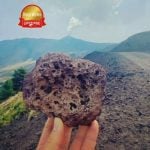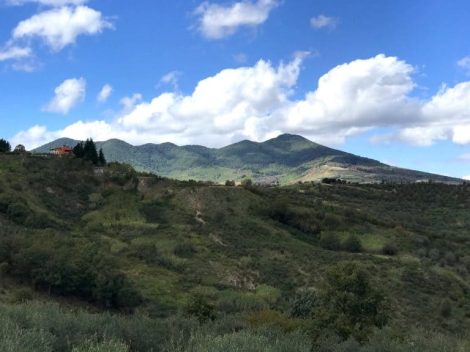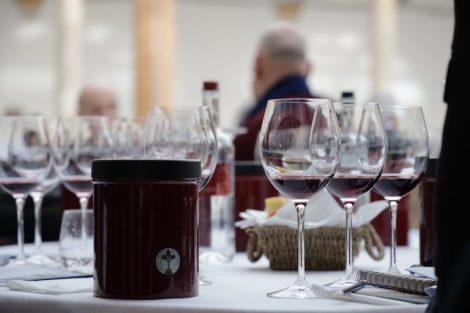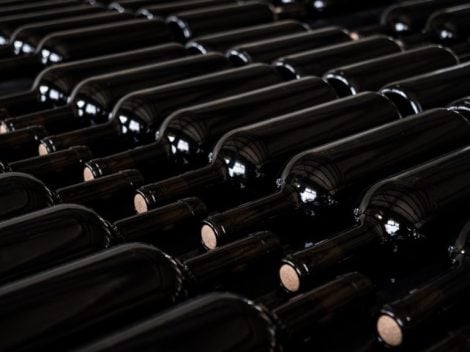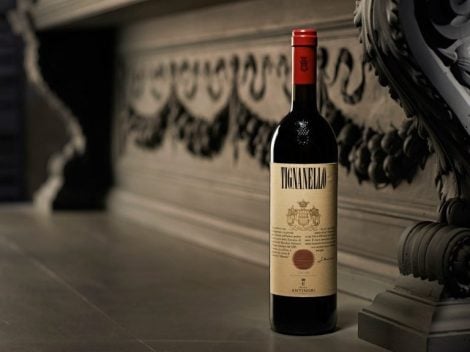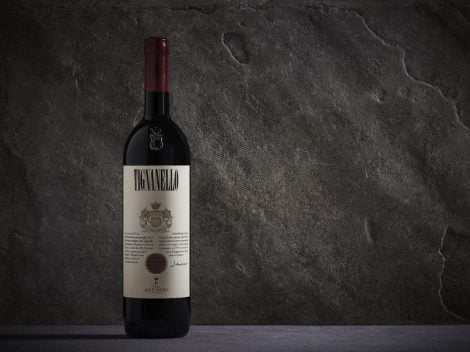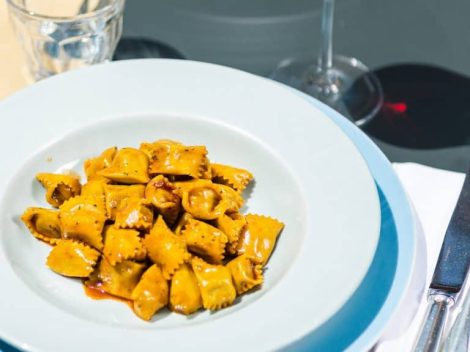In areas of our peninsula once inhabited by the Etruscans, wine has typically been produced for centuries. Between Tuscany, Umbria, and Upper Lazio, it's not hard to encounter remnants of that civilization and the primitive winemaking techniques they used. This is also the case in Valdarno di Sopra, a Tuscan denomination established in 2011 that is rapidly finding its identity.
Valdarno di Sopra: the territory
It is not sufficient to simply say that Valdarno di Sopra "is a new DOC," because delving into historical sources reveals that as early as 1716, Cosimo III de'Medici recognized the productive potential of this territory, mentioning it in the famous Ducal Edict that defined the best Tuscan wine zones (alongside Pomino, Chianti (what we now call "Classico"), and Carmignano).
When we refer to Valdarno di Sopra as a denomination, we are talking about a territory nestled between Florence, Siena, and Arezzo, bordered on one side by the Pratomagno ridge and on the other by Chianti Classico. Here, vineyards stand amidst woods and olive groves, but what truly characterizes the entire area are the "balze," geological formations resulting from the erosion of ancient sediments formed within the Pliocene lake that covered this area about five million years ago.
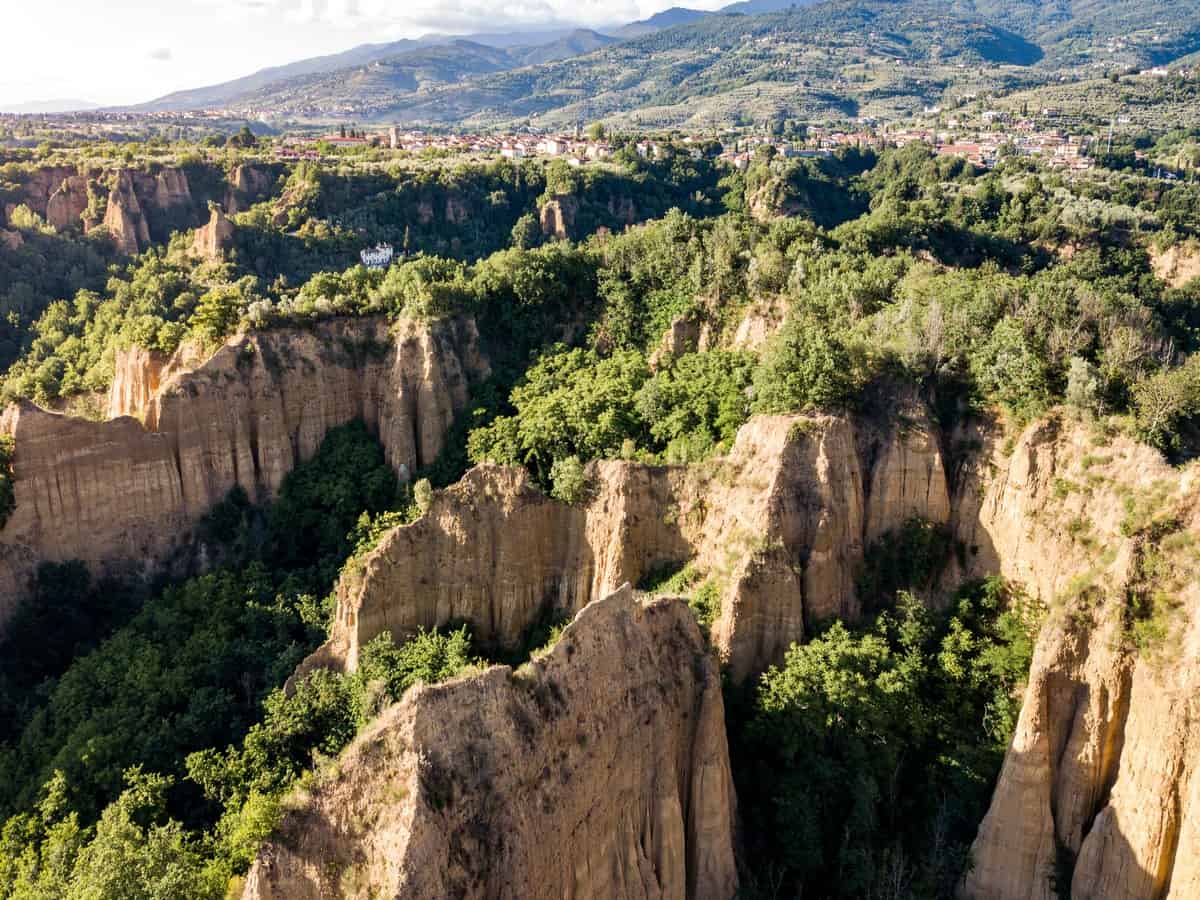
The Denomination and the wines produced
In such a territory, where quality production has been traceable for centuries, today's focus is on environmental protection. Currently, all producers within the Valdarno di Sopra denomination cultivate their vineyards organically. In fact, the Consortium's project aims to use this organic criterion as a requirement to become part of the DOC.
From an ampelographic point of view, the range of grape varieties used for the various types of Valdarno di Sopra wines (white and rosé, including sparkling; red; sweet) is quite broad: there is an increasing focus on Sangiovese, but the list is long; among the other native varieties are Ciliegiolo, Canaiolo, Pungitello, Malvasia (white and black), Trebbiano, Orpicchio, Foglia Tonda, and Gratena; while the international varieties are divided between Pinot Noir, Merlot, Syrah, Cabernet Sauvignon and Franc, and Chardonnay.
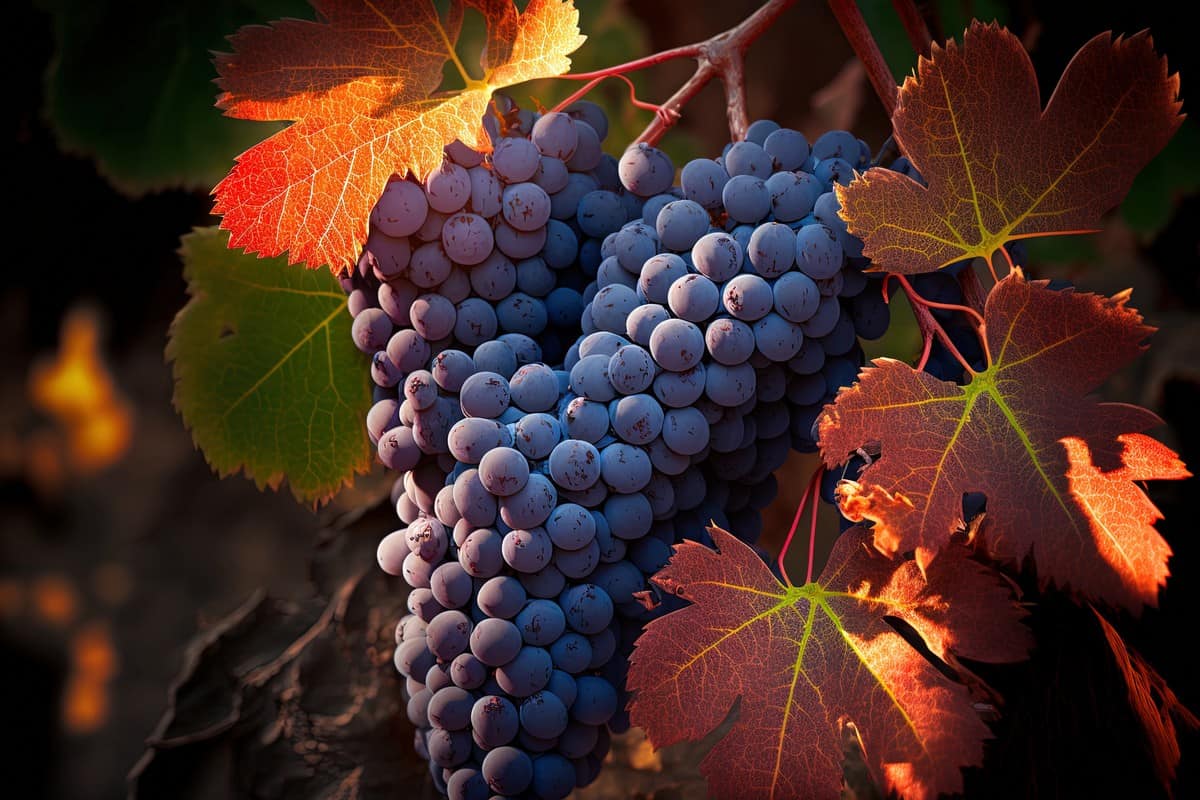
The best Valdarno di Sopra DOC wines
The following list is a way to discover the Valdarno di Sopra denomination through the wines that have received Tre Bicchieri, Due Bicchieri Rossi, or Due Bicchieri in the Gambero Rosso 2024 Italian Wines guide.
Valdarno di Sopra Merlot Vigna Galatrona '20 by Fattoria Petrolo earned Tre Bicchieri, with its varied aromas of fresh balsamic notes, cinnamon, pepper, and black fruits. On the palate, the sip is complex, with pleasant juiciness, calibrated tannins, and an enjoyable finish. The Valdarno di Sopra Sangiovese Vigna Bòggina A '21 displays wide aromas of cherry and Mediterranean scrub, with a solid and balanced body, and a tense and pleasant finish. After World War II, the current owner Luca Sanjust’s grandfather bought the estate. The enological turning point came in the mid-'80s, with vineyard renewal and cellar modernization. Grapes like Sangiovese, Merlot, Cabernet Sauvignon, and Trebbiano undergo a meticulous selection process. Low yields per vine and meticulous cellar work contribute to defining the wines' character, with some vinified and aged in terracotta amphorae.
- Valdarno di Sopra Merlot V. Galatrona 2020 - Fattoria Petrolo
- Valdarno di Sopra Sangiovese V. Boggina A 2021 - Fattoria Petrolo
Valdarno di Sopra Orma del Diavolo 2019 by San Jacopo in Castiglioni is one of the wines presented this year by the company.
Sangiovese Vigna dell'Impero by Tenuta Sette Ponti, from a 1935 vineyard, is a red of extraordinary elegance and finesse. The estate extends in a picturesque corner of Tuscany, between Florence and Arezzo, in a foothill area inhabited since the 8th century BC by the Etruscans. It has been one of the Moretti Cuseri family's properties since the 1950s. Many of the vineyards were planted in the '60s, and others have recently come into production. Alongside Sangiovese, many international varieties such as Cabernet Sauvignon and Merlot grow. Antonio, son of Alberto, a fashion entrepreneur, has consolidated the estate's strong winemaking vocation.
Valdarno di Sopra Sangiovese Vigna Polissena '19 has fresh aromas of aromatic herbs, a solid and vibrant body, and a prolonged finish. Since 1993, Ferruccio Ferragamo has revitalized the millenary village of Il Borro. Environmental respect is realized through the use of renewable energy sources, making it a zero-carbon emissions estate. In the vineyards, Sangiovese dominates, but there's also room for Merlot, Syrah, Cabernet Sauvignon, and Chardonnay. The estate is now managed by two of Ferruccio's children: Salvatore, the CEO, and Vittoria, responsible for Il Borro’s garden and special projects.

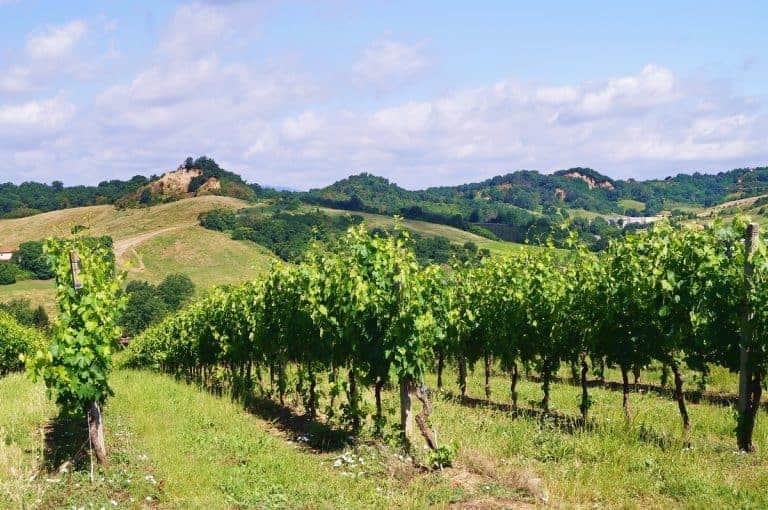
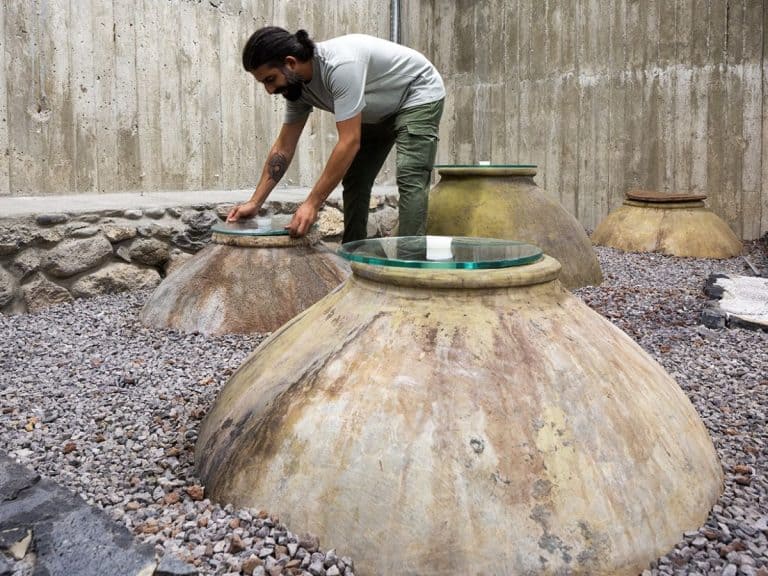 The awakening of Armenian wine: a revolution rooted in history and geopolitics
The awakening of Armenian wine: a revolution rooted in history and geopolitics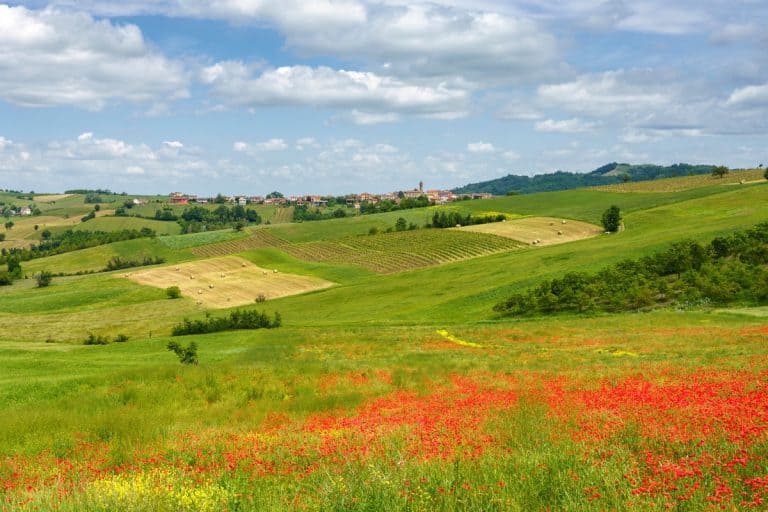 Timorasso: the red wine dressed as white from the Colli Tortonesi. Here are the 16 best labels
Timorasso: the red wine dressed as white from the Colli Tortonesi. Here are the 16 best labels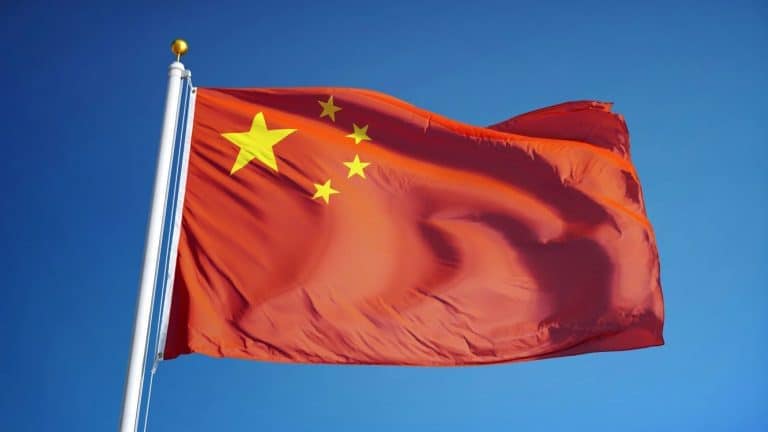 It’s official: China joins the International Organisation of Vine and Wine
It’s official: China joins the International Organisation of Vine and Wine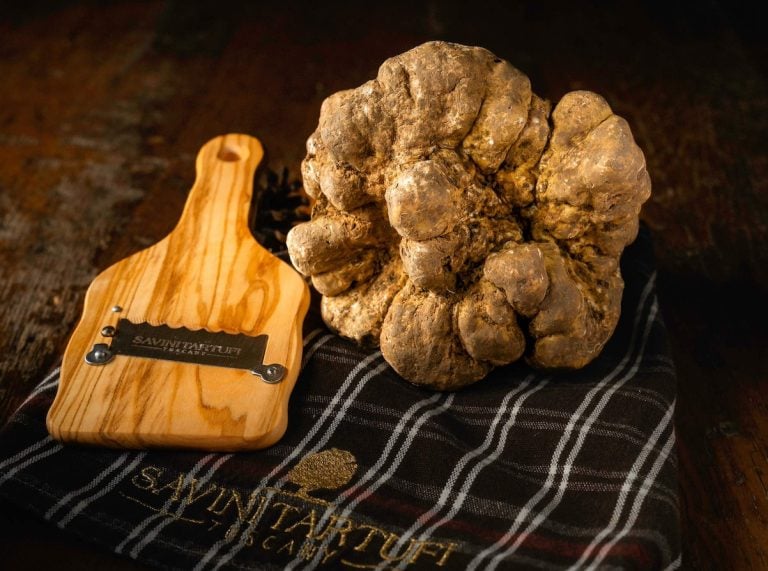 How and where to buy white truffle from Alba at a fair price: tips from an expert
How and where to buy white truffle from Alba at a fair price: tips from an expert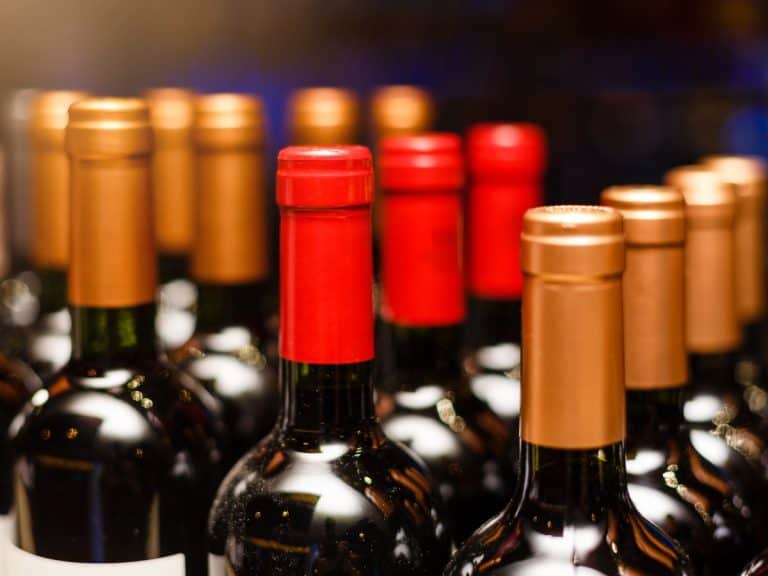 The Italian wines with the best value for money: here are the National awards from Berebene 2025 guide
The Italian wines with the best value for money: here are the National awards from Berebene 2025 guide